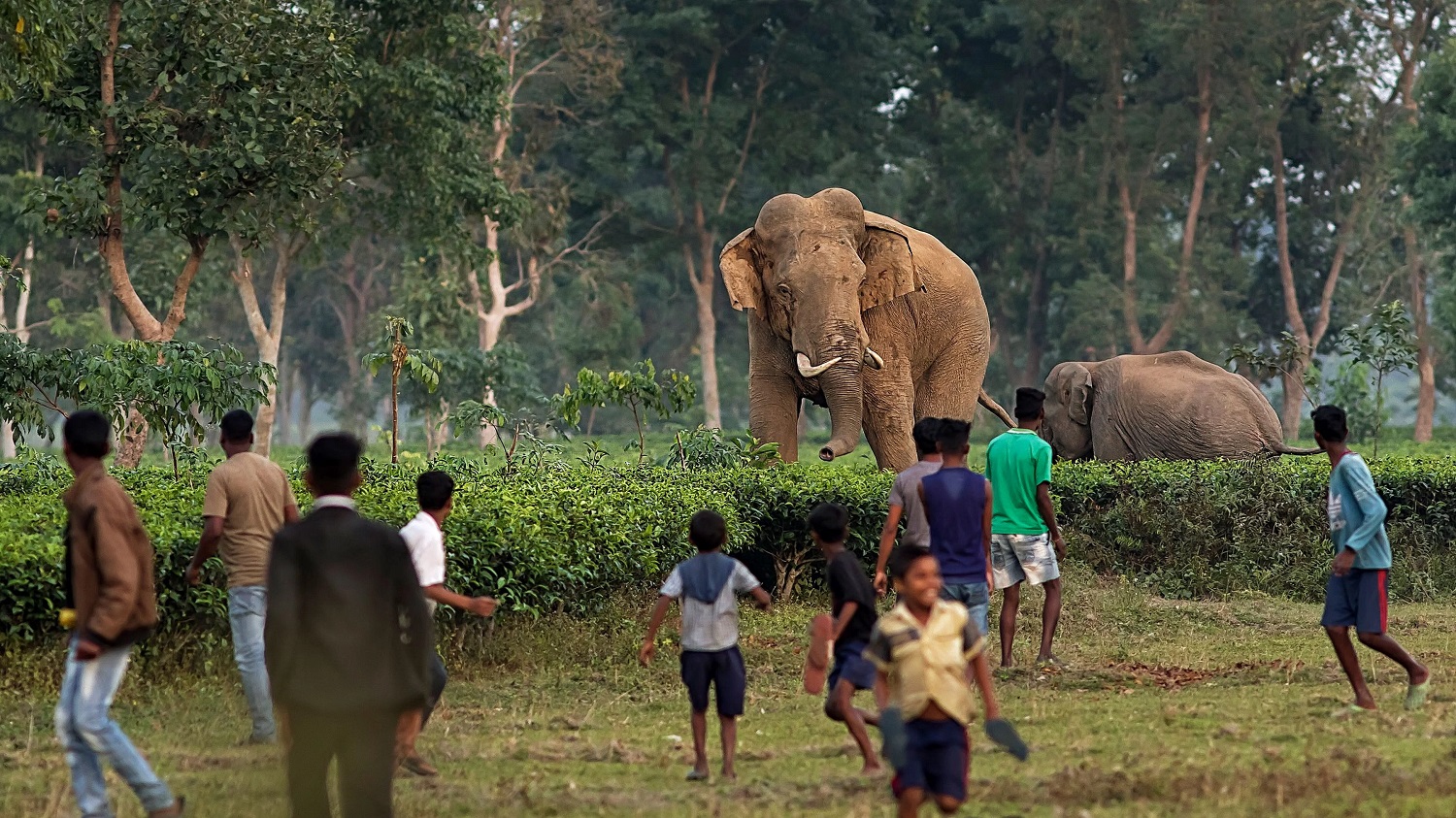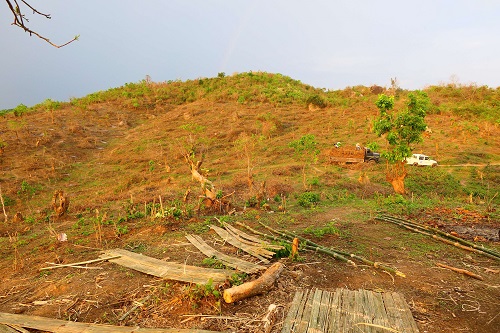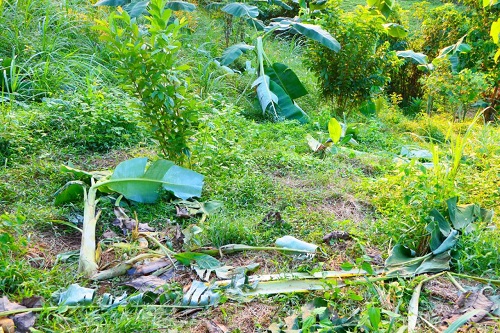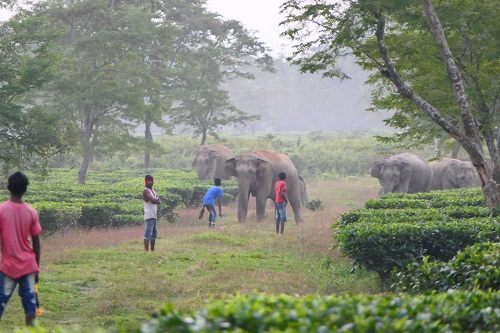
Human Elephant Conflict in Assam
Assam comprises a population of 5,719 [1] wild elephants in the region and is considered a crucial conservation zone for Asian elephants in India. However, over the years, Assam has been flagged as a region with high human-elephant conflict cases in the country - thereby posing a significant conservation threat to the remaining population of elephants within its borders.
Image Source: The Quint
[1] All India Synchronized Elephant Population Estimation Report 2017, MoEFCC

Loss of elephant habitats
Unsustainable clearing of forest areas and extraction of forest resources for agricultural and commercial purposes are increasing conflicts over space between humans and elephants in Assam. It is estimated that between 1990-1998 more than 1500 sq/km (37%) of forest area had been illegal encroached upon and destroyed in the region[2]. Such activities have forced elephants to change their migratory routes and stray towards human settlements in search of food, thus bringing the animals into more frequent confrontations with humans.
[2] STATUS, TRENDS AND CHALLENGES OF FOREST CONSERVATION IN ASSAM, INDIA, BK Talukdar, 2003

Loss of community crops and local livelihoods
Elephants foraging on paddy crops cultivated by farmers are a common sight in Assam. Most human-elephant conflicts take place during Nov-Jan - which is the local harvesting season for crops. Due to loss of habitat and subsequent loss of food security, elephants are compelled to forage on community crops to satisfy their nutritional requirements, irrespective of the risks or costs involved. Because Assam is predominantly an agrarian state, such activities adversely impact farmer livelihoods and evoke negative attitudes towards wild elephants locally. Moreover, the economic losses sustained by farmers often drive them to retaliate violently towards elephants to protect their livelihoods - thus, causing high tensions between locals and elephants in the region.

Violent retaliation against elephants
Vulnerability to crop and property damage causes farmers to negatively perceive elephants as the greatest threat to their livelihoods. Because the losses incurred from crop and property damage are disproportionately high, farmers resort to retaliatory killings of elephants to guard their fields. Some of the retaliatory practices employed are pelting stones, burning bamboo and chillies, bursting firecrackers, and shooting air pellets at migrating herds. Such acts of violence can leave a herd of elephants severely injured and displaced.
